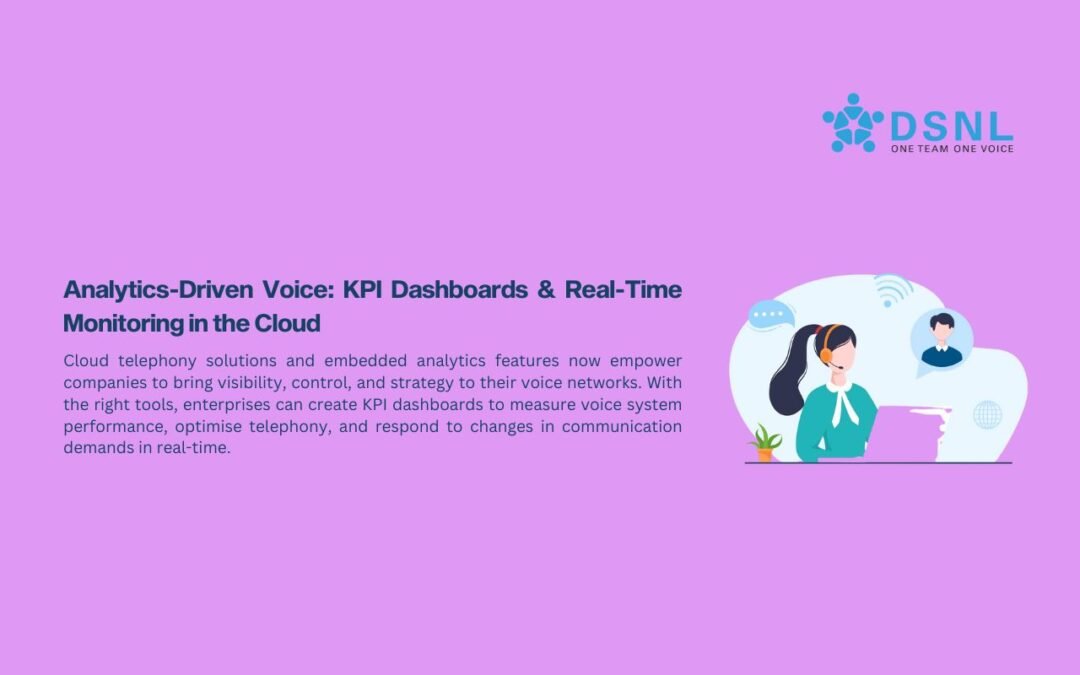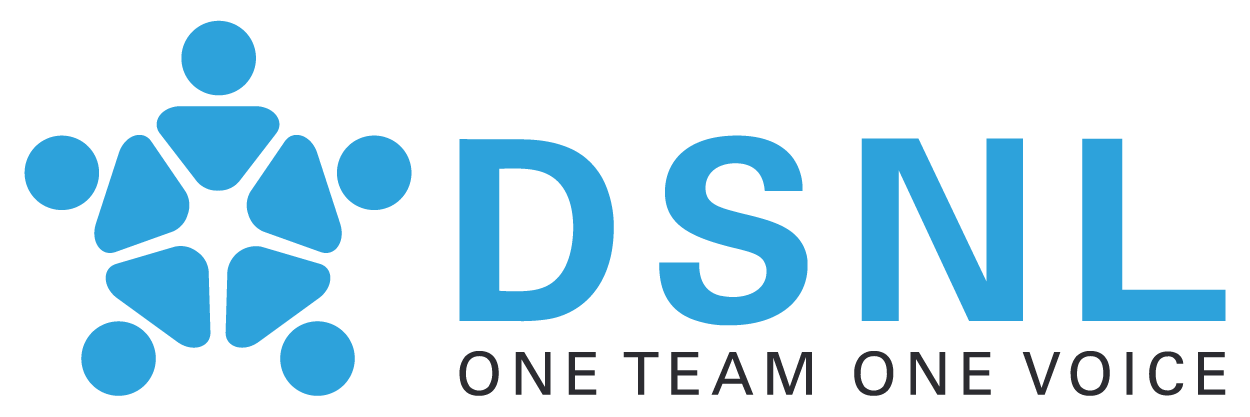Cloud telephony solutions and embedded analytics features now empower companies to bring visibility, control, and strategy to their voice networks. With the right tools, enterprises can create KPI dashboards to measure voice system performance, optimise telephony, and respond to changes in communication demands in real-time.
Gain Visibility and Control with Voice KPI Dashboards
Legacy voice systems lacked support for tracking KPIs in real-time, with reporting and performance insights relegated to infrequent and manual reports. Companies used call logs and agent notes to map communication flows while conducting surveys to glean insights into customer satisfaction. At best, KPI reporting would come in the form of end-of-day reports or week-long summaries. The limited visibility severely impacted a company’s ability to gauge performance, optimise processes, or act upon operational shortcomings.
Cloud-based voice analytics has turned this scenario on its head by offering the ability to automatically capture, process, and analyse data from every communication, session, and endpoint in near real-time. From call durations, total resolutions, waiting times, and hold times to agent responsiveness, service level agreement (SLA), and customer satisfaction, analytics helps companies have a holistic view of voice operations and performance.
Analytics-Driven Voice and Embedded KPI Dashboards
Analytics-driven voice platforms can integrate with a range of embedded monitoring solutions that can be leveraged to create KPI dashboards, customisable for various teams across an enterprise. The data can also be segmented on different dimensions such as calls per day, month, or week, average call duration, call resolutions per team, and more.
Besides the pre-built dashboards that come with many cloud-based platforms, many of these systems also offer tools to create customisable KPI dashboards based on a company’s most vital success metrics. For example, a support desk that is constantly backlogged with support requests and resolutions may choose to track the backlog, waiting times, queue lengths, and resolution metrics on its dashboard. On the other hand, a sales team dashboard may opt to include lead engagement metrics such as call rates and customer engagement outcomes.
Real-Time Voice Monitoring for Communication Agility
In today’s digital communication landscapes, enterprises cannot rely on insights after the fact. Monitoring telephony tools in the cloud also brings similar benefits in monitoring system performance. Network latency, call quality, uptime, and failover activity can also be monitored on a continuous basis to immediately alert the administrators in case of any anomalies. Network disruptions, packet loss, or drop in calls as a result of system errors are all instantly actionable with real-time monitoring.
The speed of today’s business also dictates that call monitoring and voice performance data should be integrated into historical data to enable predictive analytics and benchmarking. Trends identified in call monitoring activities are immediately collated and can be cross-referenced with past trends, patterns, and events to forecast future trends.
Cloud Infrastructure and Voice Analytics
Analytics-driven voice solutions, along with voice monitoring tools, become especially powerful when backed by cloud-based infrastructure. Cloud telephony is the backbone of efficient and scalable voice solutions because it allows for the centralisation, security, and availability of every piece of data. This includes the actual voice calls, metadata, logs, and activity from every endpoint and user.
Since communication volumes and call activities fluctuate over time, cloud platforms provide the much-needed scalability that does not burden teams to scale up or down based on capacity. This is particularly important for contact centres and teams that have distinct peak seasons, remote teams, and hybrid teams. Cloud infrastructure also offers greater resiliency, backup call routing, and diagnostic options in the event of network failures or outages.
CONCLUSION
Get started on your customisable call monitoring and voice analytics with DSNL. Check out the portal and APIs, available to start with or customise your dashboards, including our ready-made samples.
Contact us today for more information and the best analytics-driven voice solutions for your business.

